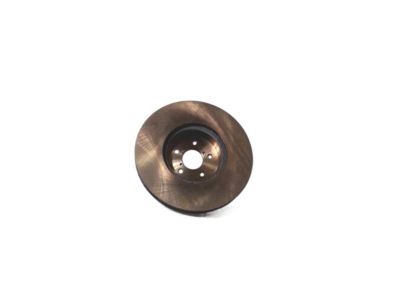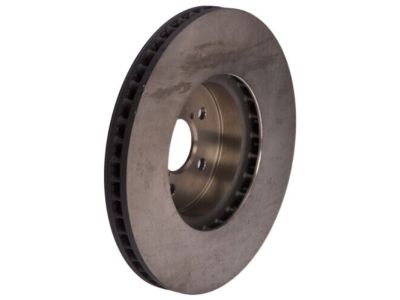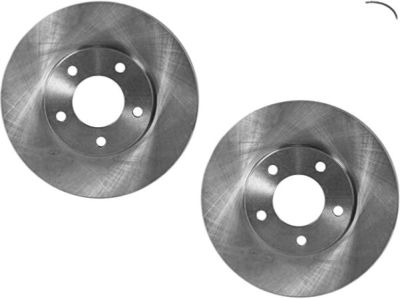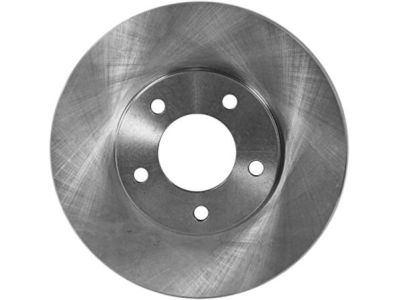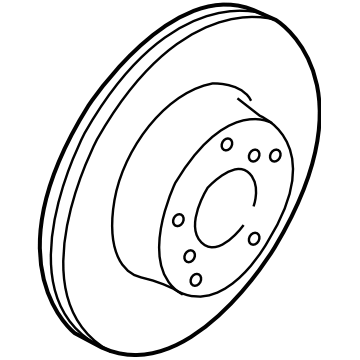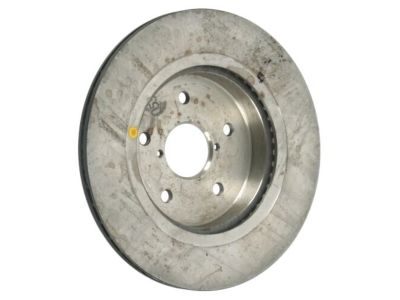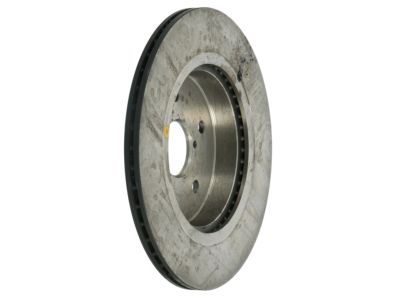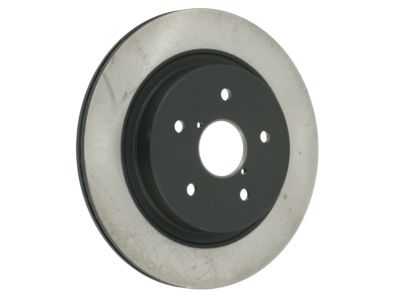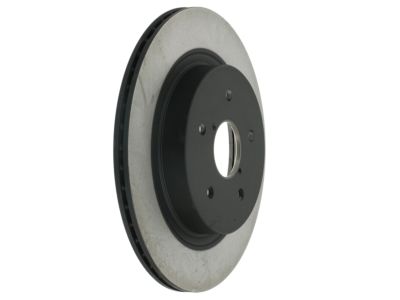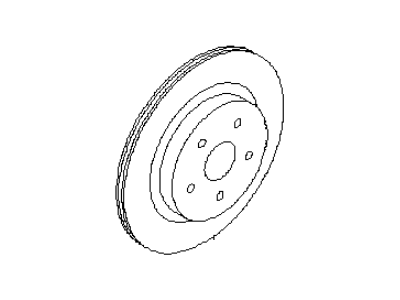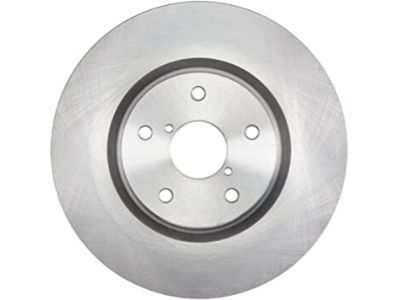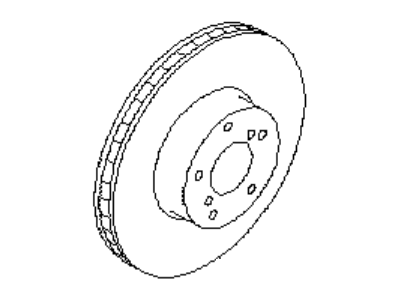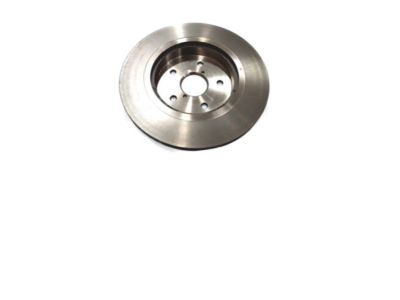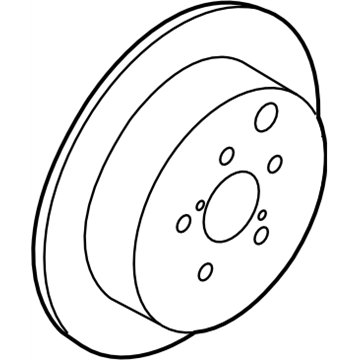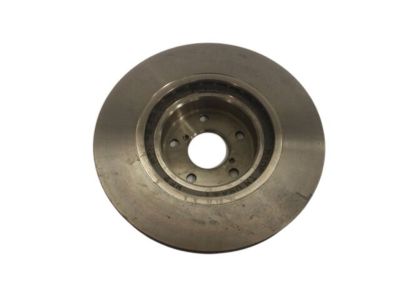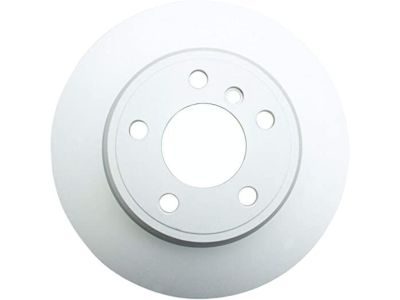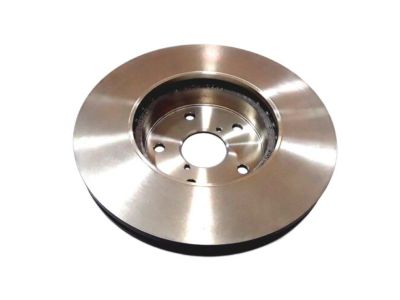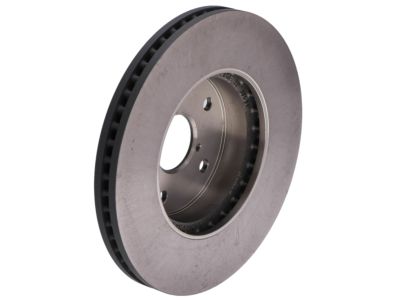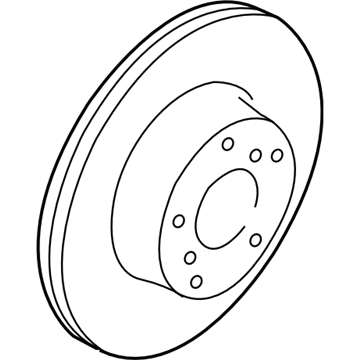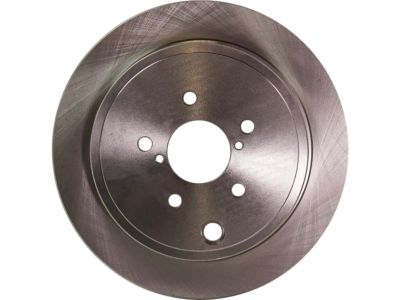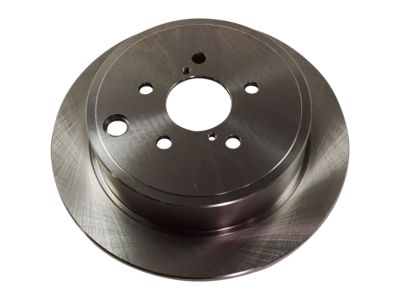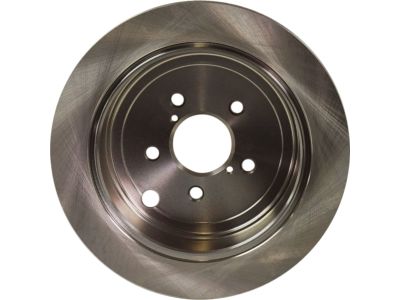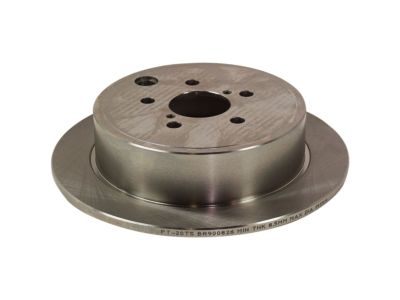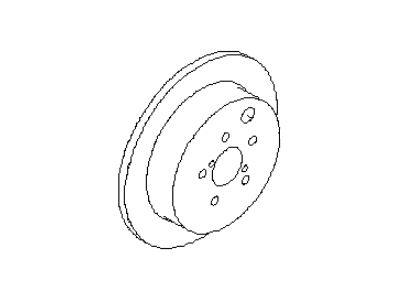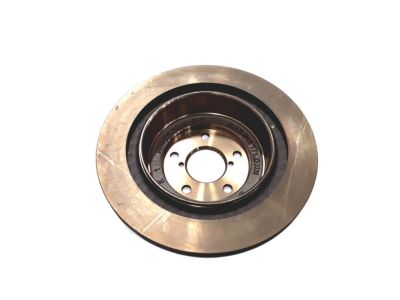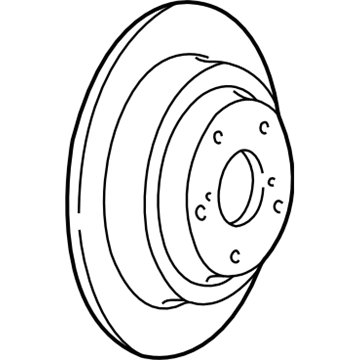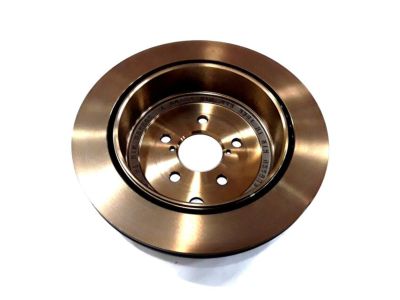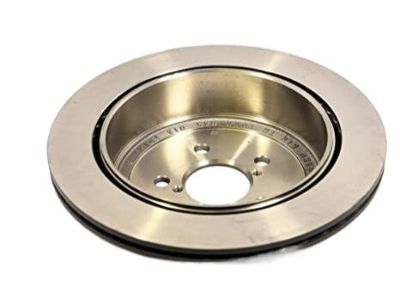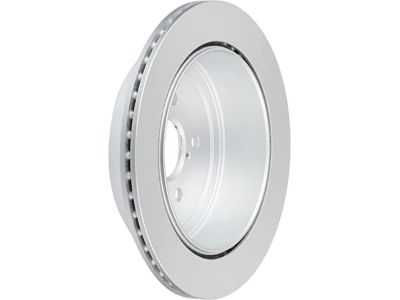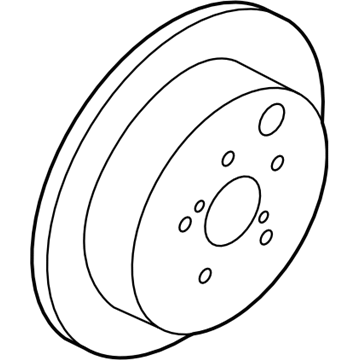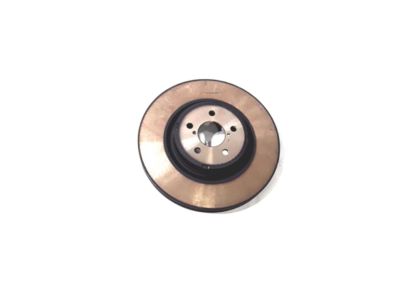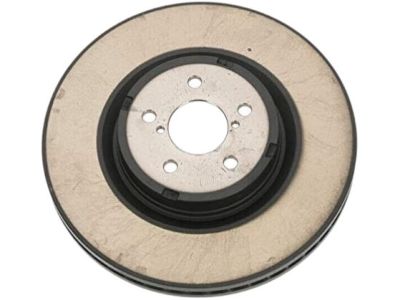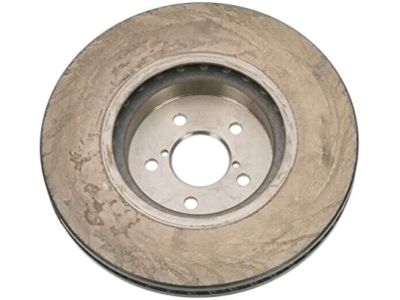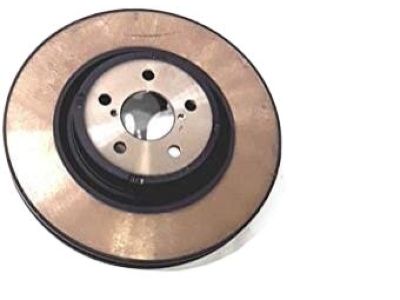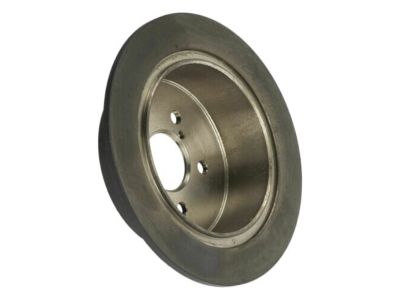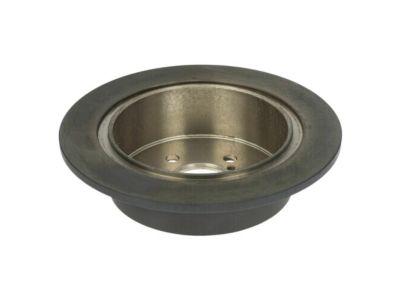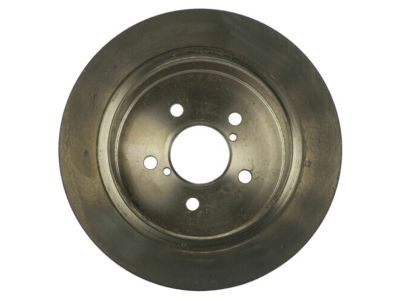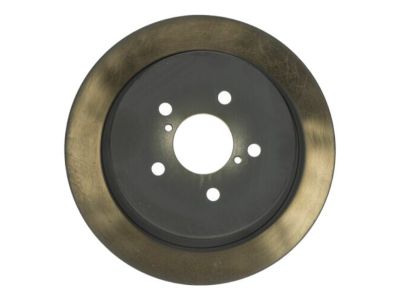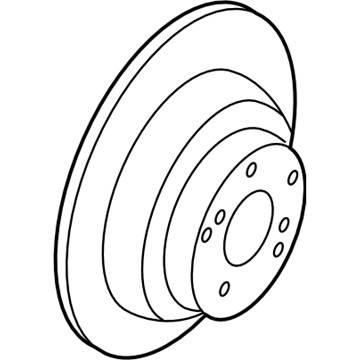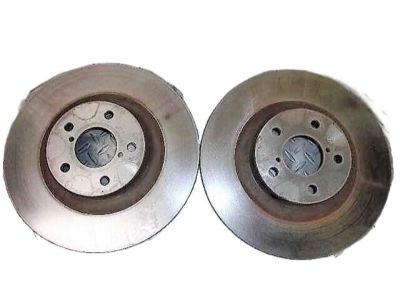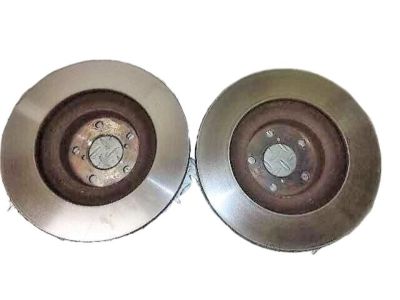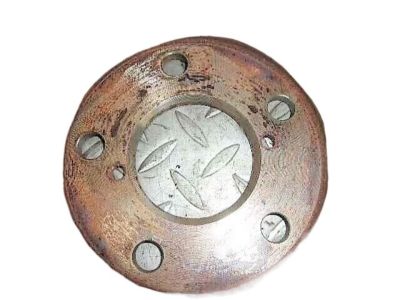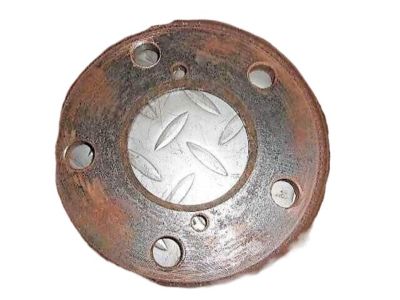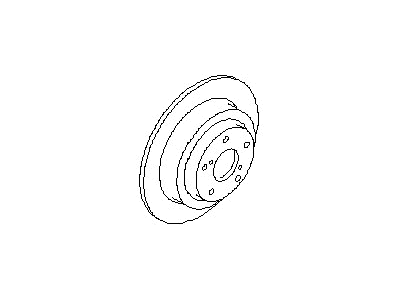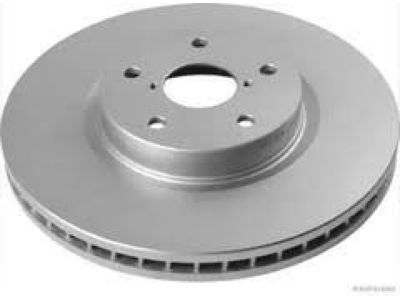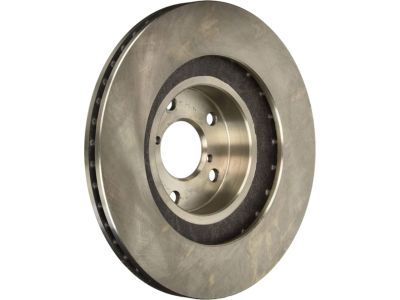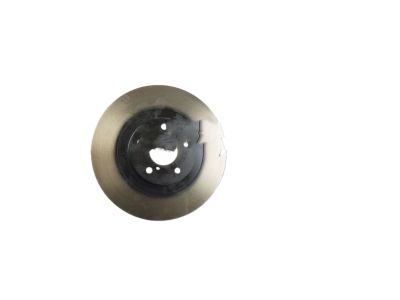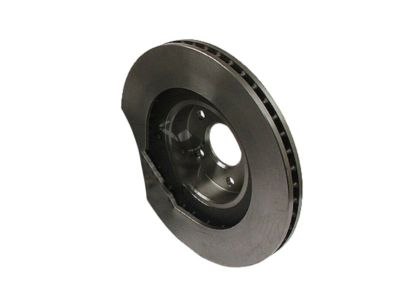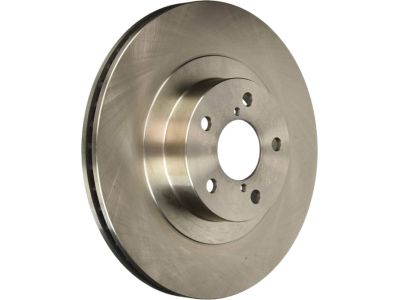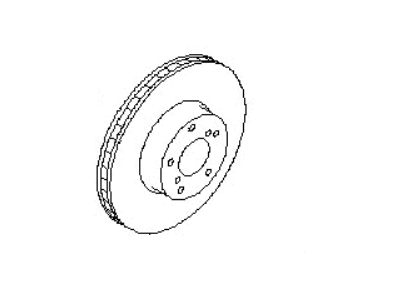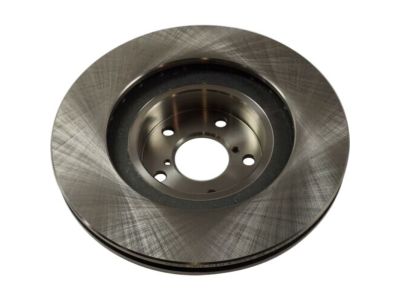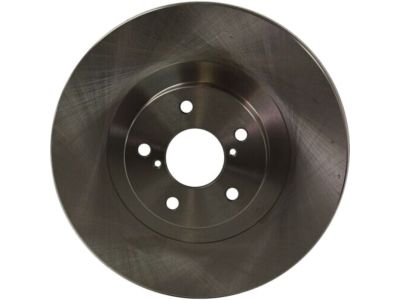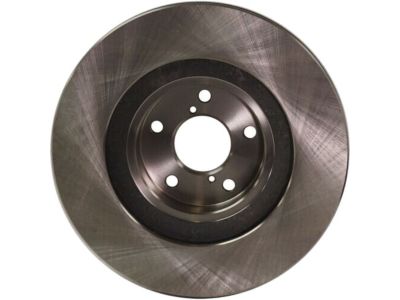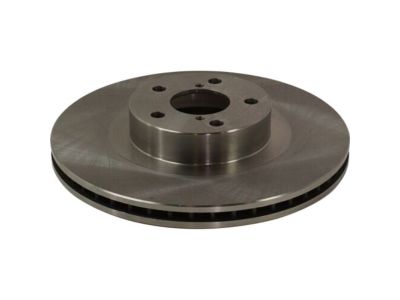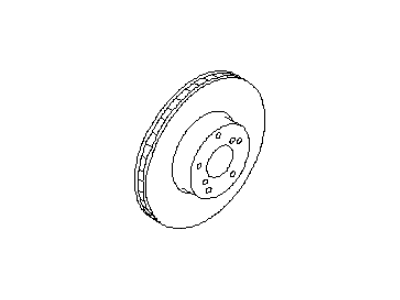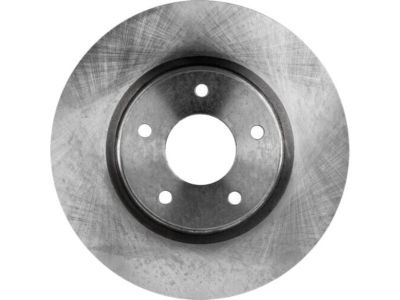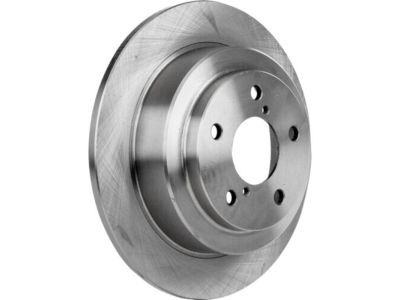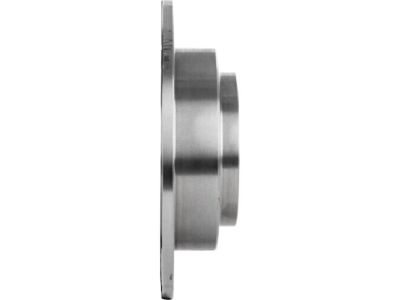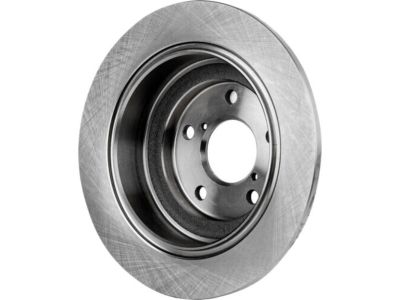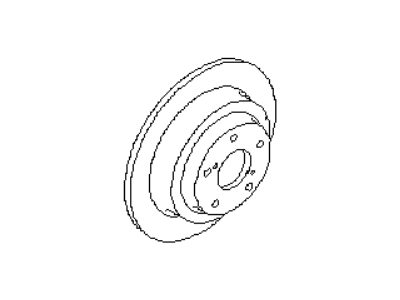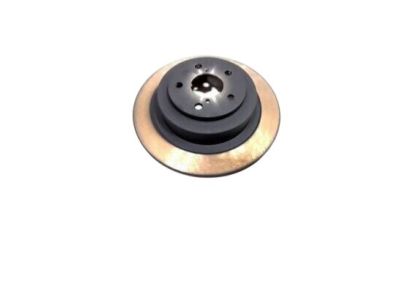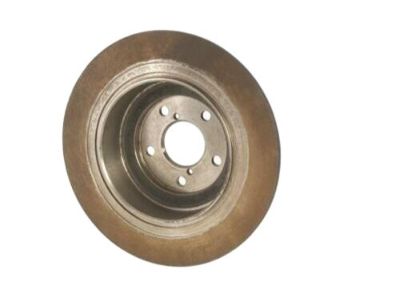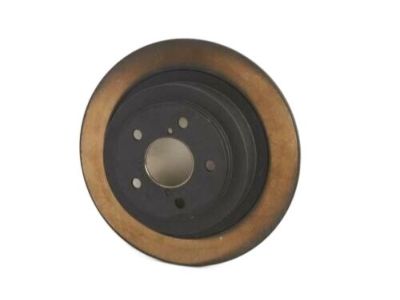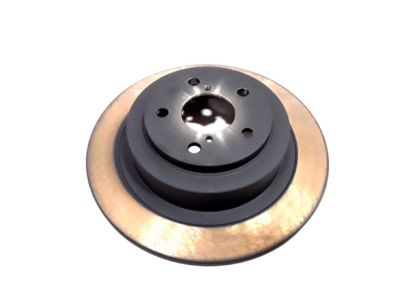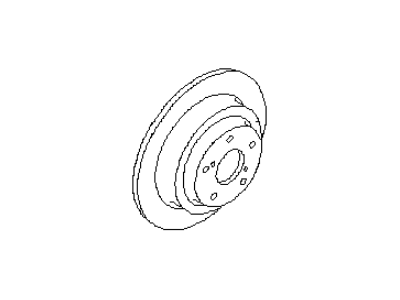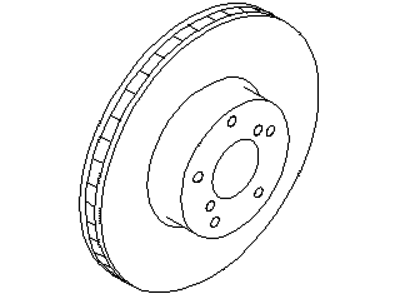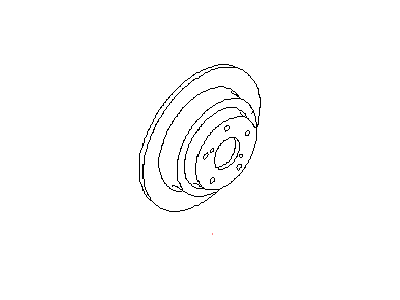×
- Hello
- Login or Register
- Quick Links
- Live Chat
- Track Order
- Parts Availability
- RMA
- Help Center
- Contact Us
- Shop for
- Subaru Parts
- Subaru Accessories


My Garage
My Account
Cart
Genuine Subaru Outback Brake Disc
Disc Rotor- Select Vehicle by Model
- Select Vehicle by VIN
Select Vehicle by Model
orMake
Model
Year
Select Vehicle by VIN
For the most accurate results, select vehicle by your VIN (Vehicle Identification Number).
27 Brake Discs found

Subaru Outback Brake Disk Front
Part Number: 26300AG001$62.62 MSRP: $90.75You Save: $28.13 (31%)Ships in 1-3 Business Days
Subaru Outback Brake Disc Rear
Part Number: 26700AL03A$66.01 MSRP: $95.67You Save: $29.66 (31%)Ships in 1-2 Business Days
Subaru Outback Brake Disc Front
Part Number: 26300AL03A$81.08 MSRP: $117.50You Save: $36.42 (31%)Ships in 1-3 Business Days
Subaru Outback Brake Disc Rear
Part Number: 26700AL010$72.97 MSRP: $105.75You Save: $32.78 (31%)Ships in 1-3 Business Days
Subaru Outback Brake Disc Front
Part Number: 26300AG01A$67.85 MSRP: $98.33You Save: $30.48 (31%)Ships in 1-3 Business Days
Subaru Outback Brake Disc F16
Part Number: 26300AL000$69.68 MSRP: $100.98You Save: $31.30 (31%)Ships in 1-3 Business Days
Subaru Outback Brake Disc Rear S
Part Number: 26700AJ00A$62.66 MSRP: $90.82You Save: $28.16 (32%)Ships in 1-3 Business Days
Subaru Outback BRK Disk Rear
Part Number: 26700AE081$68.16 MSRP: $98.78You Save: $30.62 (31%)Ships in 1 Business Day
Subaru Outback Brake Disc Rear V
Part Number: 26700AJ010$62.68 MSRP: $90.83You Save: $28.15 (31%)Ships in 1-3 Business Days
Subaru Outback Brake Disc Front
Part Number: 26300AG02A$72.45 MSRP: $105.00You Save: $32.55 (31%)Ships in 1-3 Business Days
Subaru Outback Brake Disc Rear
Part Number: 26700AG01B$62.07 MSRP: $89.95You Save: $27.88 (31%)Ships in 1-3 Business Days
Subaru Outback Brake Disk Rear
Part Number: 26700AE080$68.16 MSRP: $98.78You Save: $30.62 (31%)Ships in 1-2 Business Days
Subaru Outback Brake Disk Front
Part Number: 26300AL04A$80.47 MSRP: $116.62You Save: $36.15 (31%)Ships in 1-3 Business Days
Subaru Outback Brake Disc Front
Part Number: 26300AE02B$72.45 MSRP: $105.00You Save: $32.55 (31%)Ships in 1-2 Business Days
Subaru Outback Brake Disc Front
Part Number: 26300AE02A$72.45 MSRP: $105.00You Save: $32.55 (31%)Ships in 1-2 Business Days
Subaru Outback Brake Disk Rear
Part Number: 26310AA051$66.21 MSRP: $95.95You Save: $29.74 (31%)Ships in 1-3 Business Days
Subaru Outback Brake Disc Rear
Part Number: 26700AE04A$78.17 MSRP: $113.28You Save: $35.11 (31%)Ships in 1-3 Business DaysSubaru Outback Brake Disc F
Part Number: 26300AN00A$89.13 MSRP: $129.17You Save: $40.04 (31%)Ships in 1-2 Business DaysSubaru Outback Brake Disk Front
Part Number: 26300SA000$62.69 MSRP: $90.85You Save: $28.16 (31%)Ships in 1-3 Business Days
| Page 1 of 2 |Next >
1-20 of 27 Results
Subaru Outback Brake Disc
Our website stands as the go-to online destination for OEM Subaru Outback Brake Disc. With complete lines of genuine Subaru Outback Brake Disc available at unbeatable market prices, we ensure top quality, reliability, and durability. Each part comes backed by the manufacturer's warranty, reinforcing your trust in our offerings.
Subaru Outback Brake Disc Parts Questions & Experts Answers
- Q: How to Check,remove and insatll the Brake Disc on Subaru Outback?A:Loosen the wheel lug nuts, raise the vehicle and support it securely on jackstands. Remove the wheel and install the lug nuts to hold the disc in place against the hub flange. If the lug nuts don't contact the disc when screwed on all the way, install washer sunder them. If you're checking the rear disc release the parking brake. Remove the Brake Caliper, suspend the caliper out of the way with a piece of wire. Visually inspect the disc surface for score marks and other damage. To check disc run out, place a dial indicator at a point about 1/2-inch from the outer edge of the disc. Set the indicator to zero and turn the disc. The indicator reading should not exceed the specified allowable run out limit. If it does, the disc should be refinished by an automotive machine shop. The discs should be resurfaced regardless of the dial indicator reading, as this will impart a smooth finish and ensure a perfectly flat surface, eliminating any brake pedal pulsation or other undesirable symptoms related to questionable discs. Remove the caliper support bracket bolts and remove the support bracket. Slide the disc off the hub. If the disc is stuck to the hub and won't come off, thread two bolts into the holes provided and tighten them. Thoroughly clean all parts. Install the disc, caliper support bracket and brake pads. Install the wheel and lug nuts, then lower the vehicle to the ground. Tighten the lug nuts. Depress the brake pedal a few times to bring the brake pads into contact with the disc. Check the operation of the brakes carefully before driving the vehicle.
Related Subaru Outback Parts
Browse by Year
2021 Brake Disc 2020 Brake Disc 2019 Brake Disc 2018 Brake Disc 2017 Brake Disc 2016 Brake Disc 2015 Brake Disc 2014 Brake Disc 2013 Brake Disc 2012 Brake Disc 2011 Brake Disc 2010 Brake Disc 2009 Brake Disc 2008 Brake Disc 2007 Brake Disc 2006 Brake Disc 2005 Brake Disc 2004 Brake Disc 2003 Brake Disc 2002 Brake Disc 2001 Brake Disc 2000 Brake Disc 1999 Brake Disc 1998 Brake Disc 1997 Brake Disc 1996 Brake Disc
